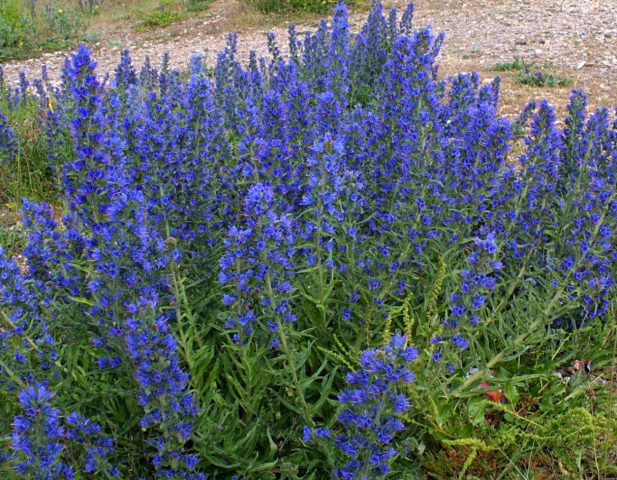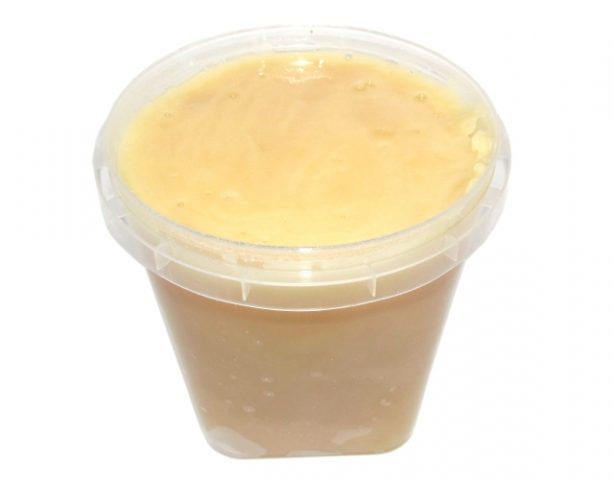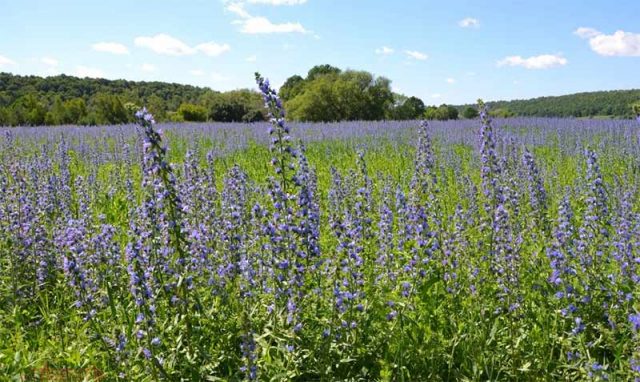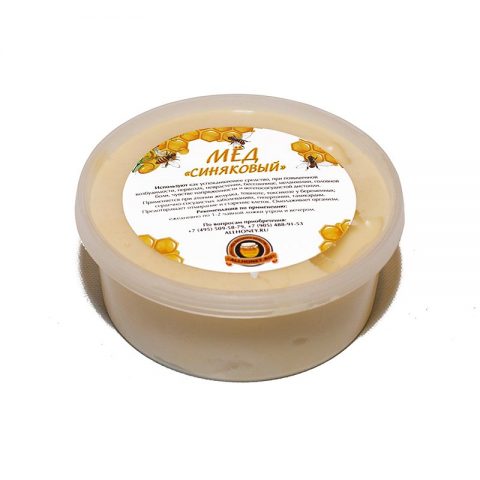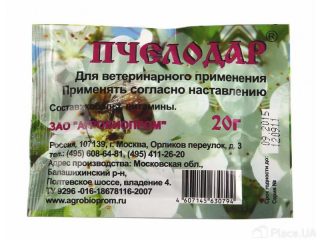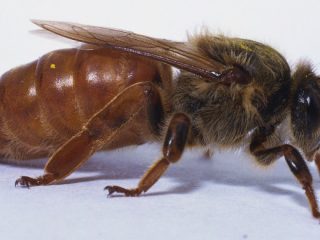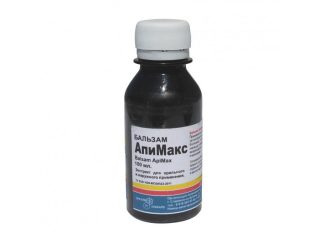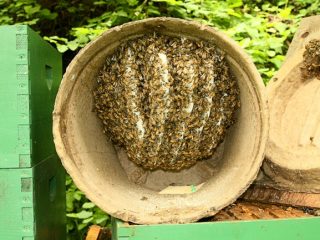Content
Bruise honey plant or Common bruise is weed, which is used for the production of some medicines and in beekeeping. The plant is a good honey plant that bees like to feast on. At the same time, it is a poisonous herb that can seriously harm human health. For the same reason, shrubs are not used as feed in animal husbandry.
Description of the honey plant Common bruise
This is a herb from the borage family, it grows up to 0.5 m, and sometimes up to 1.8 m.In the first year after sowing, it does not bloom. Bud ovaries appear after 2 years. Currently, other species of Common Bruise have been bred, which bloom in the first year after planting.
The long, erect stems are dotted with small cornflower blue flowers, at the beginning of flowering they are pale pink in color. The buds are no more than 2 cm in size, their shape is bell-shaped. Over the summer, about 1.5 thousand of them appear on one stem. The flowering phase of each of them is 2 days.
After the Bruise, the herb honey plant, has faded, in place of the cornflower buds, fruits appear in the form of small nuts. They are filled with light seeds with which the plant reproduces.
On the entire surface of the stems there are small sharp spines, more like hard, dense bristles. They help the crop survive drought by trapping moisture in the leaves and stems.
The root is rod-shaped, long, deep in the soil. In the first year after sowing, the plant can root 0.6 m deep. This allows the common bruise to grow even on very arid soils, to receive moisture from its deep layers.
The herb grows throughout Europe, Asia and southern Siberia. The bruise is found in wastelands, meadows, fields. The plant prefers dry, dense soils and a warm climate.
In small doses, Bruise ordinary is used in folk medicine and pharmaceuticals as a sedative, analgesic and expectorant.
How many years does the herb-honey plant Bruise grow?
The honey plant begins to bloom in mid-June. This process lasts 2-3 months before the onset of the first frost. The life cycle of the plant is 2 years from the moment of sowing, it has a high viability.
Honey productivity
Thanks to the bright color of the flowers, bees find the bruise honey plant well in the fields. To collect nectar from one hectare meadow, 4 bee colonies must be involved. One such family can bring up to 8 kg of honey per day from a field of 1 hectare sown with Common Bruise. After processing, bees receive up to 15 ml of honey from each flower.
There is nectar in the flowers of the common honey plant at any time of the day and under any weather conditions. The peak of honey flow is at noon. In terms of its honey productivity, Bruise is second only to the well-known melliferous plant - linden.
Honey has an opaque, dense texture. Its color is light beige.Blue honey is also called white; this variety is considered extremely rare and useful. The product is not candied for a long time and is stored in a liquid form, which allows you to maintain a rich color and aroma. Over time, the honey will begin to crystallize and thicken.
Nectar productivity
The flowers of the bruise common honey plant produce intense nectar in the first phase of flowering, while they are still pale pink. Each bud contains 10 to 15 mg of nectar. Bees prefer this plant to others, due to the bright color and dense aroma of flowers.
The pollen in the buds is also bright blue. The beekeeper can observe how the combs and frames are briefly painted in this color after the bee's hunt for honey.
Other positive qualities of honey plant grass:
- The plant is undemanding to the quality of the soil.
- The honey plant does not require maintenance.
- Common bruise grows well in all climatic and weather conditions.
- It does not need to be watered, weeded, fertilized.
- The plant has high rates of honey productivity.
- Honey obtained by collecting the pollen of the Common bruise has medicinal properties.
- The grass can grow in one place for many years without feeding and plowing the soil.
- The honey plant attracts bees, even if it is located a few kilometers from the hives.
- An ordinary bruise, planted on 1 hectare of land, in its productivity can replace 4 hectares of other melliferous plants.
Agrotechnology for growing melliferous plants Synyak
This plant has been growing in one place for many years. Its life cycle is short - only 2 years, but the seeds from the old bush fall to the ground, and new seedlings appear in the spring. The plant is very unpretentious, so young growth appears in all weather and climatic conditions.
In the apiaries and in the fields around them, agronomists are cultivating new species of Common Bruise. In order for the grass to have good indicators of nectar productivity, certain conditions are created for its growth. For industrial purposes, for the production of honey, the Sinyak honey plant is grown in Altai.
What soil is suitable for growing
Common bruise grows on any soil, even steppe, sandy and clay. To obtain abundant and intense flowering, honey plants are sown on loose, fertile soils. Choose open, unshaded areas in direct sunlight. Also, the plant takes root well on the banks of reservoirs, in ravines. But excess moisture and shading should still be avoided, this can affect the abundance of flowering.
To get stronger and better flowering plants, the soil is cultivated and fertilized with manure before sowing. After that, the land is left for a couple of weeks. After that, the seeds are sown. In dug and fertilized soil, they are quickly accepted and germinated, the number of peduncles increases.
Sowing dates for honey plants Common bruise
To get early strong plants, seeds are sown before winter a week before the onset of the first frost. If the seed is lowered into the ground earlier, it will germinate in frost and die. If the climate permits, you can sow Bruise in late spring or early summer. Young seedlings will have the opportunity to adapt to both summer heat and winter frosts. For the next spring, you can get strong, temperature-resistant plants.
In severe frosts and snowless winters, Common Bruise is sown in early spring. Seeds are placed in the soil shallowly - no more than 3 cm, sprinkling with a small layer of loosened soil.
In regions with a cold climate, Bruise is sown under cover. In its role can be oats or other herb melliferous plant: phacelia, alfalfa. In the middle of summer, cover crops are mowed, and the bruise is given the opportunity to release additional peduncles.
Seeds are sown on loosened and then slightly compacted soil. Do not plant the bruise honey plant thickly. Seed material is taken at the rate of 5-5.5 kg per 1 hectare of land. Shallow grooves are made in the ground and small seeds are evenly spread in them.The seed is very fine and light, so it should be covered with soil immediately after planting.
For the rapid germination of seedlings, the air temperature should not fall below + 10 С. Temperatures above + 20 Cᵒ are ideal for Bruise to bloom.
Rules for the care of the bruise honey plant
The honey plant does not require watering, hilling and weeding. This weed survives, grows well and develops along with other crops. Even if the Common Bruise is densely sown, this does not affect its flowering.
Useful properties of bruise honey
The light yellow, opaque honey from Bruise ordinary does not have a strong aroma, but it has a wonderful deep taste and aftertaste. There is no bitterness in it, it is not sugary-sweet. The product is stored for a long time and does not crystallize. It is considered the most valuable type of honey after linden honey. It is the only variety considered to be hypoallergenic.
Such a product does not require special storage conditions. It is enough to put the jars of honey in a dark, dry place, protected from direct sunlight.
People who used honey obtained from Common Bruise noted its such positive qualities:
- strengthening the immune system;
- improving digestion;
- strengthening the cardiovascular system;
- vitamin and mineral support for the body;
- strengthening the nervous system;
- elimination of toxins, toxins from the body;
- normalization of sleep;
- lowering blood cholesterol levels;
- analgesic and antibacterial effect;
- stabilization of the genitourinary system;
- treatment of bronchitis and dry cough.
In cosmetology, bruised honey is used to combat wrinkles and cellulite, to strengthen hair, and to treat inflammatory skin lesions. The anti-aging properties of honey have been noticed, it prevents the aging of the body.
An anthelmintic and anti-inflammatory effect was also noticed from the use of honey from Bruise ordinary.
Conclusion
Bruise melliferous plant is a beautiful field plant that is common in the steppe area. It is an excellent supplier of pollen and nectar for bees. The Bruise grass is the most productive honey plant among other field and horticultural crops. Its sowing and proximity to the apiary is justified for beekeeping. Products derived from the herb with blue bells are high in vitamins and minerals.
